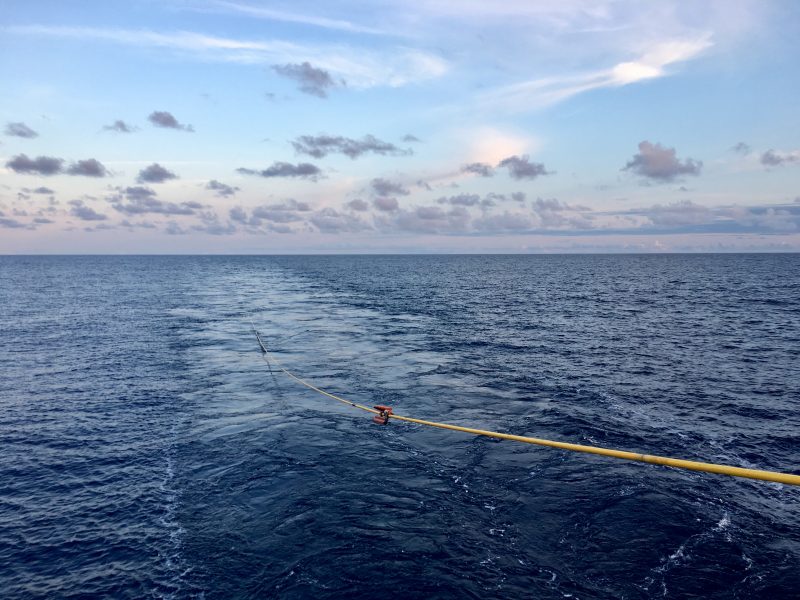Slow Slip’s Inner Workings
October 29, 2021

Slow slip earthquakes, a type of slow-motion tremor, have been detected at many of the world’s earthquake hot spots, but it is unclear how they are connected to the damaging quakes that occur there. Scientists at the Jackson School of Geosciences have now revealed the earthquakes’ inner workings using seismic CT scans and supercomputers to examine a region off the coast of New Zealand known to produce them.
The insights will help scientists pinpoint why tectonic energy at subduction zones such as New Zealand’s Hikurangi subduction zone, a seismically active region where the Pacific tectonic plate dives — or subducts — beneath the country’s North Island, is sometimes released gently as slow slip, and other times as devastating, highmagnitude earthquakes. The research was published in the journal Nature Geoscience as part of a special edition focused on subduction zones.
“Subduction zones are the biggest earthquake and tsunami factories on the planet,” said co-author Laura Wallace, a research scientist at the University of Texas Institute for Geophysics (UTIG) and GNS Science in New Zealand. “With more research like this, we can really begin to understand the origin of different types of [earthquake] behavior at subduction zones.”
The research used novel image processing techniques and computer modelling to test several proposed mechanisms about how slow slip earthquakes unfold, revealing the ones that worked best.
The study’s lead author, UTIG research associate Adrien Arnulf, was able to extract information by programming algorithms on Lonestar5, a supercomputer at the Texas Advanced Computing Center, to look for patterns in the data. He said that the research is important because understanding where and when a large subduction zone earthquake could strike can happen only by first solving the mystery of slow slip. “If you ignore slow slip, you will miscalculate how much energy is stored and released as tectonic plates move around the planet,” Arnulf said.
Back to the Newsletter